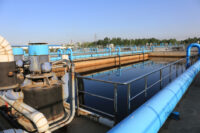Back to Basics: Sustainable Safety Programs
Back to Basics is a weekly feature that highlights important but possibly overlooked information that any EHS professional should know. This week, we examine the steps that EHS professionals can take to make their safety programs more sustainable. As initiatives like Environmental, Social, and Governance (ESG) and Total Worker Health® begin to take hold within […]










